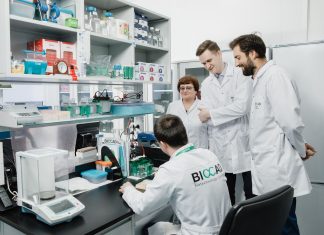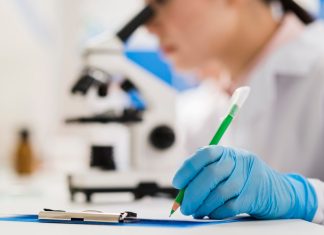Scientists at Peter the Great St. Petersburg Polytechnic University (SPbPU) have developed a new chemical compound with increased anti-cancer activity and virtually zero toxicity to healthy tissues. As the university’s press service told TASS, the substance is 50 times more effective than an analog approved by the Food and Drug Administration (FDA). The project may receive state funding, and the first stage of the examination by the Ministry of Health of the Russian Federation has already been completed. If successful, this could be a breakthrough in creating affordable anti-cancer drugs.
“We measured the toxicity of the compound using the G.N. Pershin’s method in mice. The experimental results allow to classify the compound as class V, practically non-toxic drugs. The obtained characteristics make it possible to use this compound to create new targeted drugs with low toxicity to healthy tissues,” Aleksandr Timin, one of the authors of the invention, head of the Laboratory of Nano- and Microcapsulation of Biologically Active Substances at St. Petersburg State Medical University, Doctor of Biological Sciences, told the agency.
There are no registered domestic inhibitors of this type in Russia yet. The preclinical trials of the compound in accordance with international standards are to be held at the N.N. Petrov Oncology Research Center, whose specialists have confirmed the potential of the candidate drug.
To accelerate the process, scientists at Polytechnic University use artificial intelligence technologies, analyzing Big Data to identify correlations between compound structures and their biological activity. This will further reduce the cost of bringing the drug to the market.
Earlier it was reported that St. Petersburg Polytechnic University has developed a drug that can preserve a person’s memory, which is effective in counteracting the consequences of Alzheimer’s disease. It was successfully tested on laboratory animals that had memory problems. When ingested, the resulting compounds successfully overcame the hemostatic barrier.




